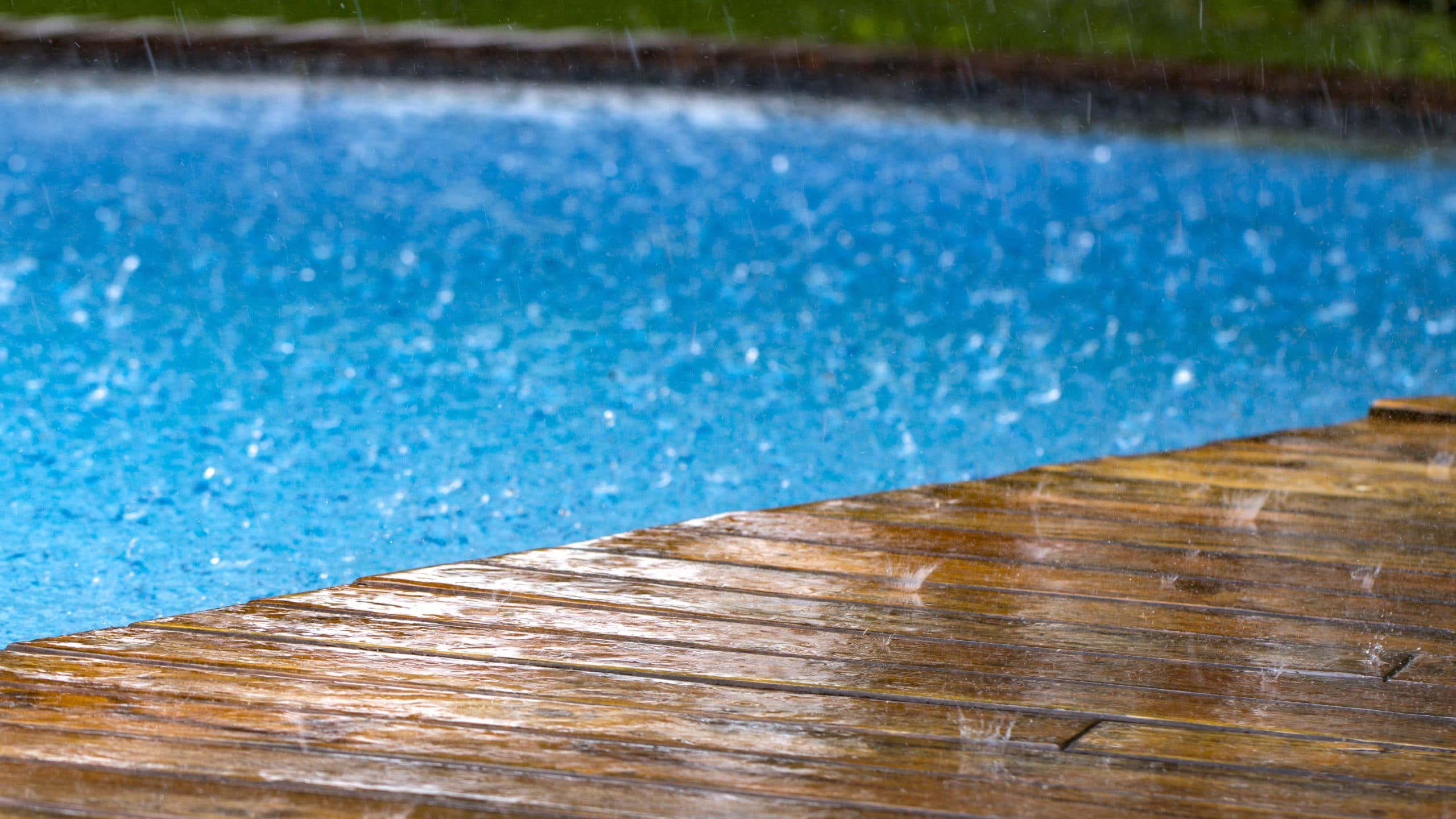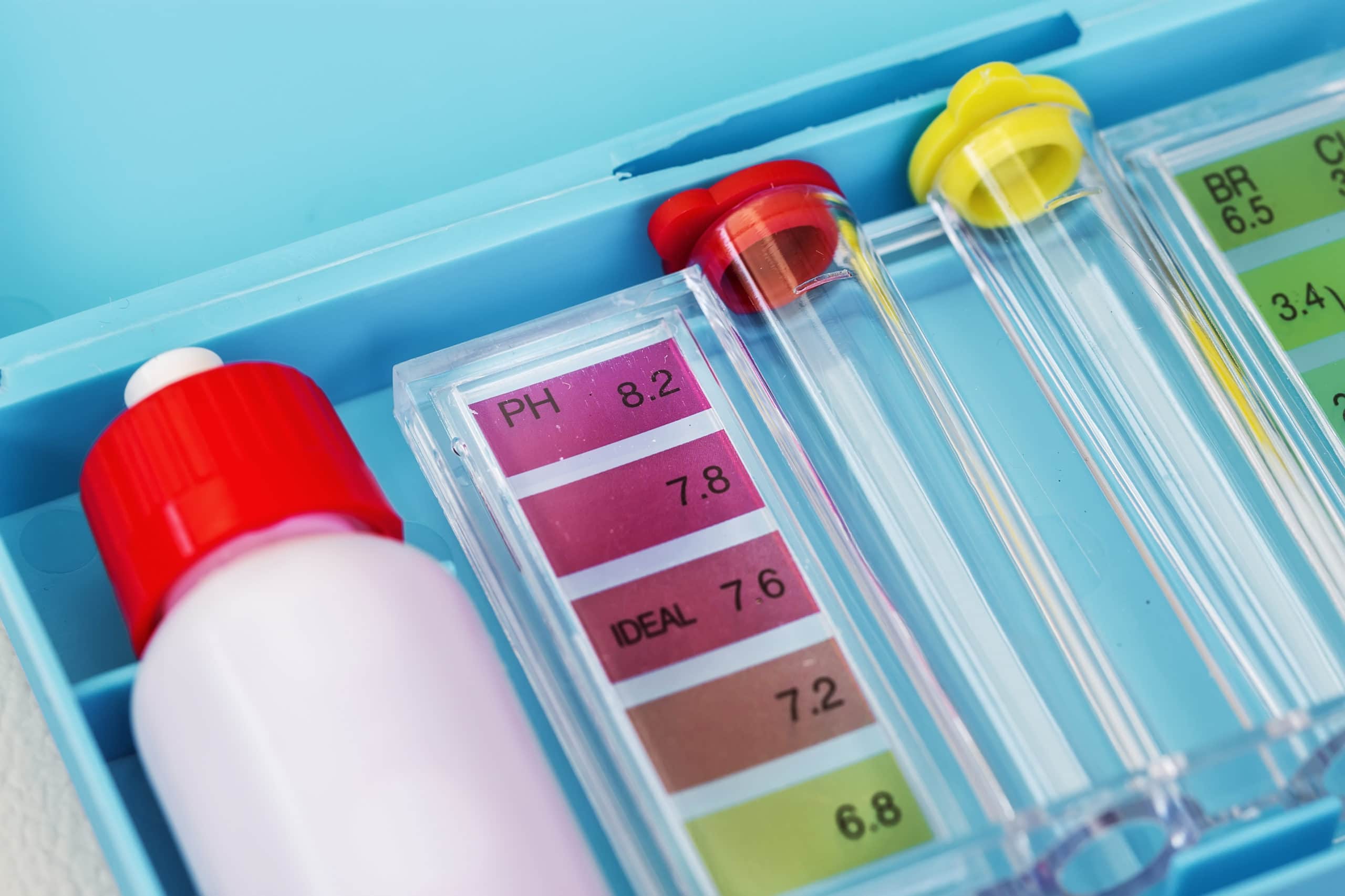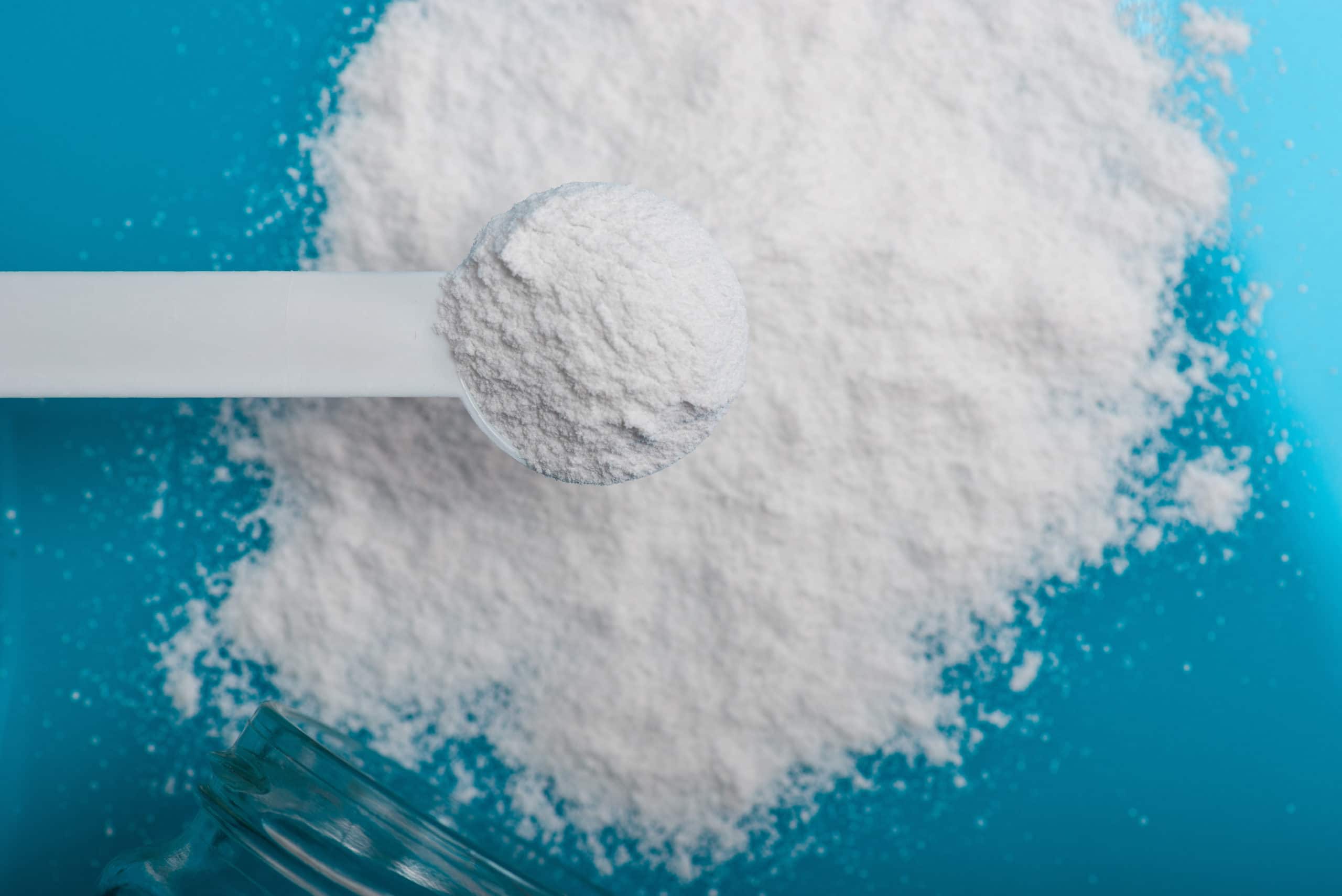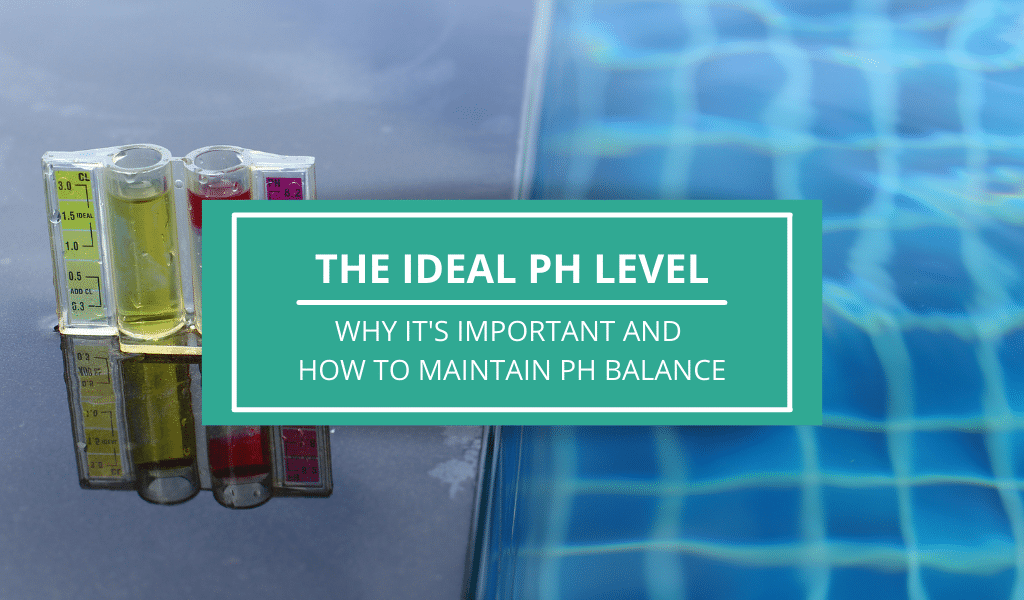When the days grow hot, the swimming pool is a great way to beat the heat. In the past year, many people have made the decision to add a pool to their property. Due to the limitations of the pandemic, these installments have been the perfect and safest way to bring some normalcy to the summer season.
To make sure that pool activities are always a fun time, pool owners should never neglect upkeeping their pools. One of the things to monitor in respect to pool maintenance is keeping a balanced pH level of the pool water. A balanced pH level is important to maintain water clarity, keeps the chlorine effective, and prevents skin irritation among others.
Thus, it is important to maintain stable pH levels to prevent any problem when enjoying pool time with your loved ones. If you have found yourself in a situation where your pool’s chemical levels are unbalanced, do not worry because you can remedy this very easily. Continue reading to determine your pool's pH level and stabilize it.
What is pH?
pH is used as a measure that determines the level of hydrogen ions in liquids. It is measured on a scale; one end is at 0 and represents the liquid as being a more acidic solution while the other end is at 14 and represents the liquid as a more basic solution.
The ideal level for a pH balance in the pool should be about 7.4, meaning it is slightly basic.
When a solution is perfectly neutral, its pH levels will rest right in the middle at a 7. This title of being “natural” just means that the liquid being identified is purely water. Although the water in a swimming pool is pretty much pure, it will not rest at a solid neutral level — a 7 — because of the chemicals, like chlorine, that are used to keep it clean.
Why is the pH Balance of a Pool Important?
Even with knowing what a pH level is and how it is affected, you still may be unsure on why it is something that is important to care about. There are a variety of ways in which a proper pH balance plays a part in the overall quality of your swimming experience. Here are a few specific examples of the critical job it performs:
Maintains Water Clarity
The swimming pool is often a complement to your home. It is another feature of the property that you want to ensure is in a tip top shape. This often means making sure that the water in the pool is pristine and clear at all times. When the pH of a pool is low or unbalanced as a whole, it can cause the water to quickly become murky and hazy. This can be attributed to minerals that are released in the water as the pH begins to rise, leaving it in a state of low quality.
Keeps Chlorine Effective
Chlorine is a foundational part of what keeps your pool clean. The chemical fights off bacteria effectively so that you never have to worry about swimming in water that contains bacteria, dirt, and other harmful substances. Chlorine works in two ways: it neutralizes particles of debris that are introduced to the water by swimmers or the surrounding environment and it disinfects the water by killing algae or bacteria (many of which raise the risk of waterborne illnesses and disease).
As your pH balance drifts further away from an appropriate level, it goes into the basic range of the scale. This is a problem as it prevents the chlorine from being able to work effectively. This can lead to you spending a lot of money on buying more chlorine, but still not having a pool that is clean.
Prevents Irritation
The human body is naturally near a neutral point when looking at the pH scale. This is why acidic liquids that offset what the body is used to can cause an array of physical problems. When water is too acidic, it can sting the eyes and nasal passages causing all around discomfort and irritation.
Not only this, but it can also strip the body of its natural oils which leaves your hair brittle and makes the skin feel dry or itchy. As pH levels increase, they push the acidity of the water higher and make it easier for these negative effects to come about.
Prevents Corrosion
Water that is too acidic can have a damaging effect on everything it touches. Its powerful properties can lead to the corrosion of several different parts of the pool. For example, pool water that has unbalanced pH levels often lead to pumps and other mechanical systems to degrade in quality. This can cost a lot of money over time, turning the pool into an unsightly financial burden. Not only does it cost money, but it also negatively impacts the efficiency of the pool to clean itself and keep the water quality up to par.
Along with this, acidic water can mess with the strength of features such as pool slides or diving boards, increasing the chances of safety concerns. In some types of pools, such as gunite ones, even the plaster can be corroded as a result of this problem.
Protects Vinyl Liners
When the levels of pH in a pool are low, it can cause the material of the vinyl liner to “grow”, resulting in it having wrinkles as it is not as tight on the base of the surface. On the other hand, if the pH becomes too high, the vinyl liner ages much more rapidly over time. Both of these situations mean that the liner will have to eventually be replaced, costing time and money.
What Causes Low pH Levels?
An unbalanced pH can cause a ton of unwanted problems that make it a hassle to own a pool. From increasing the chances of irritation and discomfort to leading to the degradation of the pool itself, it is a terrible situation that no one wants to deal with. Many who deal with this problem often wonder how it even came about. The fact is that there are several factors that come into play when discussing pH levels that are too low.

Usually, these problems begin to occur simply due to natural factors that affect the pool. More specifically, things like a heavy rainstorm or an improper use of the chemicals that are added to the pool water. When chemicals are not used in a correct manner, they can change the balance of the pH and cause it to become more acidic over time.
Similarly, rainwater — which is naturally acidic and has a pH around 5 - 5.5 — can also disrupt the pool’s normal levels. This is why pool owners will often see their pH balances become unstable after a heavy rainstorm or periods where there is a lot of rainfall.
Having too many swimmers in the pool at one time can also be a factor in offsetting pH balances. When natural bodily fluids are dissolved within the water, the pH levels tend to become lower. Overuse of the pool in this manner can become a problem due to this situation.
How to Raise the pH Level on a Pool?
Due to the many problems that unbalanced pH levels can cause, it is important to fix it as soon as possible. This mitigates the chances of further damage and can allow your pool to get back to a healthy state promptly. Unfortunately, when attempting to go about solving this problem, many pool owners go about the process in ineffective ways that can ultimately worsen the problem.
In many cases, when this happens the pH ends up becoming further imbalanced. This is why it is important to follow the proper steps to guarantee that the issue is fixed without additional concerns arising.
Here are the steps you should take to raise pH the right way:
Test Your pH Levels

Before actually getting into the process of stabilizing your pH levels, it is a good idea to make sure that they are actually unstable. Double check your reagents to make sure that everything is coming out right. pH test kits should also be replaced annually, so it is best to purchase a new one for the testing if your existing one is out of date. If you check your pH and the levels are still low after taking these things into account, you can move into the next steps.
Use Soda Ash
Soda ash, or sodium carbonate, is a substance that is composed of a strong alkaline material. It works well as it fully dissolves in the water without leaving behind any excess substances or materials. The alkaline traits of the soda ash can contribute to raising the pH while reducing the pool water’s levels of acidity. Despite the efficiency of the soda ash, it can sometimes be easy to use improperly, causing it to be overdone and raising the pH levels too high. In order to prevent this, follow these steps:
Calculate the total amount of sodium carbonate that is necessary for the volume of your pool. You should make sure to not exceed two pounds of soda ash per each 10,000 gallons of the water.
Double check your pool’s pump to ensure that it will be able to properly circulate the water.
Take the soda ash and add it to the pool, making sure to distribute it evenly over the surface of the water.
Leave the substance in the pool for at least an hour, giving it the time to circulate through the pump and settle into the water.
Recheck the pH levels in the pool with the test kit.
Watch the Alkalinity
After you add the soda ash and retest the water, you may find that you are still having problems with the pH levels. If this is the case, it may be a good idea to check the pool’s alkalinity. The alkalinity in a pool refers to the total basic materials that exist in the water. When the alkalinity is low, it can cause the pH levels to fluctuate for no reason, making them unstable and hard to control.

Baking soda (sometimes referred to as its chemical name of sodium bicarbonate) is a substance that is quite similar to soda ash. Whereas soda ash looks to reduce acidity, baking soda is used primarily for the purpose of raising alkalinity. Regular baking soda that you find around the house can be put into use for this goal. In order for it to be effective, add 1.4 pounds of the substance per 10,000 gallons of water. After adding the baking soda, allow the water to circulate for an hour and retest it.
Use Aeration
If all else fails, aerating the water can be depended on to help your pool’s pH levels return to normal. Although this method is normally the one that works the best, it is a good idea to try the other options first due to how timely the aeration process can be (it can range anywhere from a few hours to a few days). This can be done by using water features, like the pool jets, and facing them towards the surface of the water. Another way this can be done is by installing pipes that are specifically made for the purpose of aerating the pool.
Stabilize Your pH levels with Ease
All in all, while unbalanced pH levels present many problems, it is a quite simple process to bring them back to where they should be. Adding products such as soda ash or baking soda can raise your pH to the proper level of between 7.4 to 7.6.
Even despite the ease of this process, being proactive is always a better idea than being reactive. Make sure that you keep up with the cleanliness of your pool and test your water weekly so that you never have to worry about these problems.

